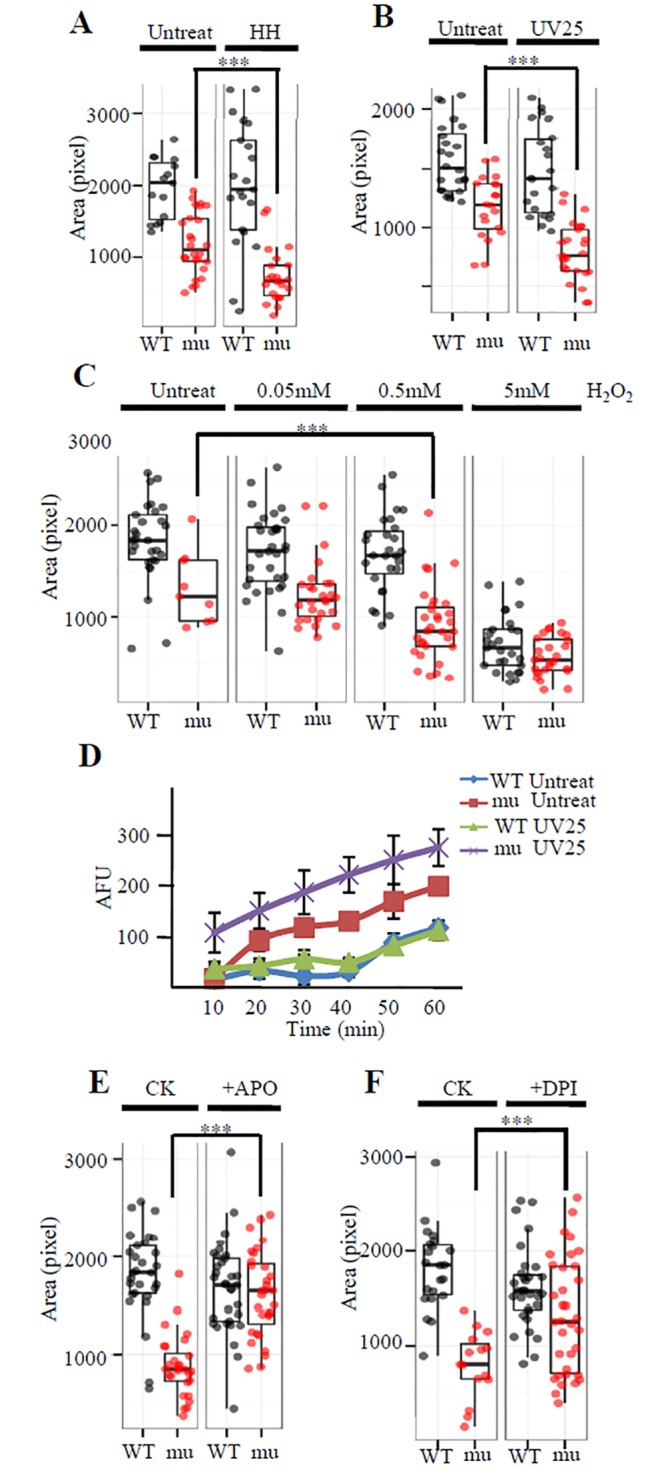Fig 2. Liver development in the maternal-zygotic leg1azju1 mutant is amenable to different stresses.

(A and B) When growing in high temperature (32°C) and high density (200 embryos per 10-cm diameter Petri dish) (HH) starting from 10 hpf till to 3.5 dpf(A) or briefly treated with 2.5 mJ UV/cm2 (UV25) at 24 hpf(B) the maternal-zygotic leg1azju1 embryos (mu) consistently exhibited a more severe small liver phenotype when compared with the untreated mutant embryos. (C) Comparison of liver development in WT and the maternal-zygotic leg1azju1(mu) embryos treated with 0.05, 0.5 and 5 mM H2O2 at 24 hpf for half an hour. (D) Upon UV25 treatment, the maternal-zygotic leg1azju1 (mu) embryos accumulated a higher level of ROS when compared to the treated WT or untreated mutant embryos within 60 min. (E and F) Incubation with APO (E) and DPI (F), two inhibitors of Duox/Nox enzyme for O2- biosynthesis, prior to UV25 treatment prevented the effect of UV on liver development in the maternal-zygotic leg1azju1(mu) embryos. Liver size was measured at 3.5dpf. Quartile boxplot was used to present the data. Each dot represents the liver size of an individual embryo. CK, the APO or DPI untreated control group. ***, p<0.001.
